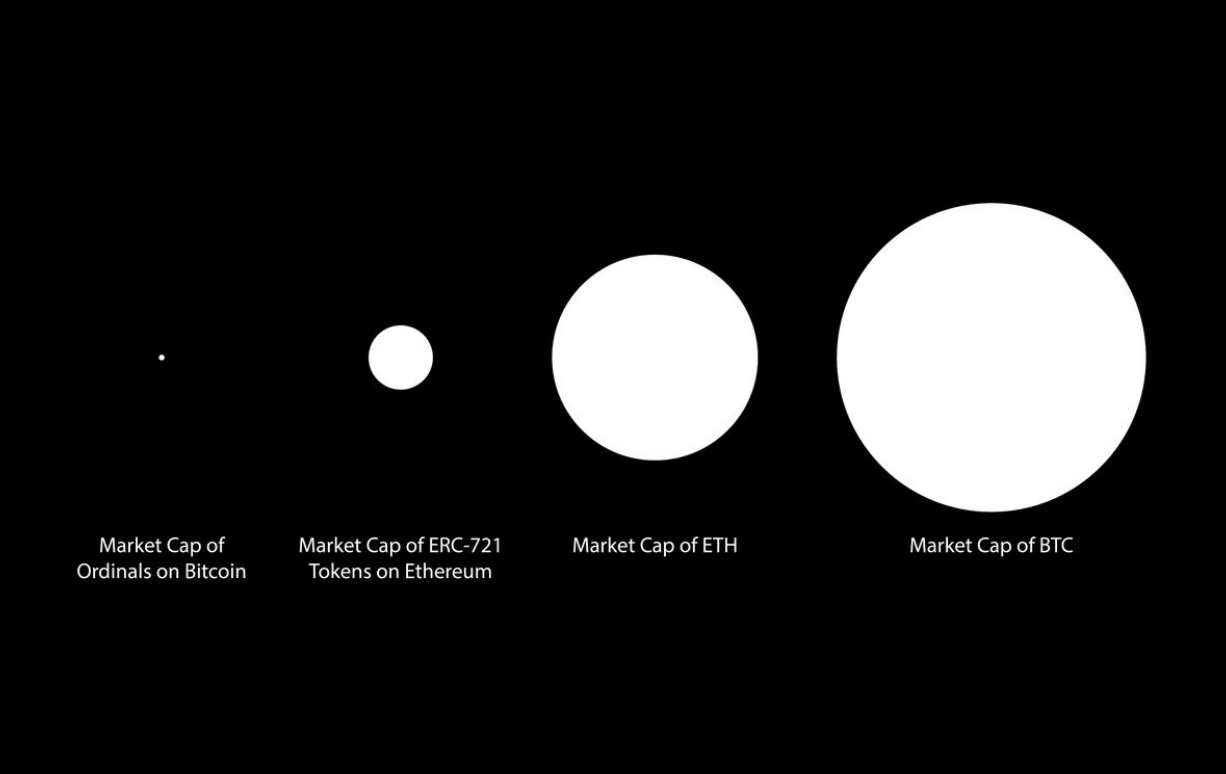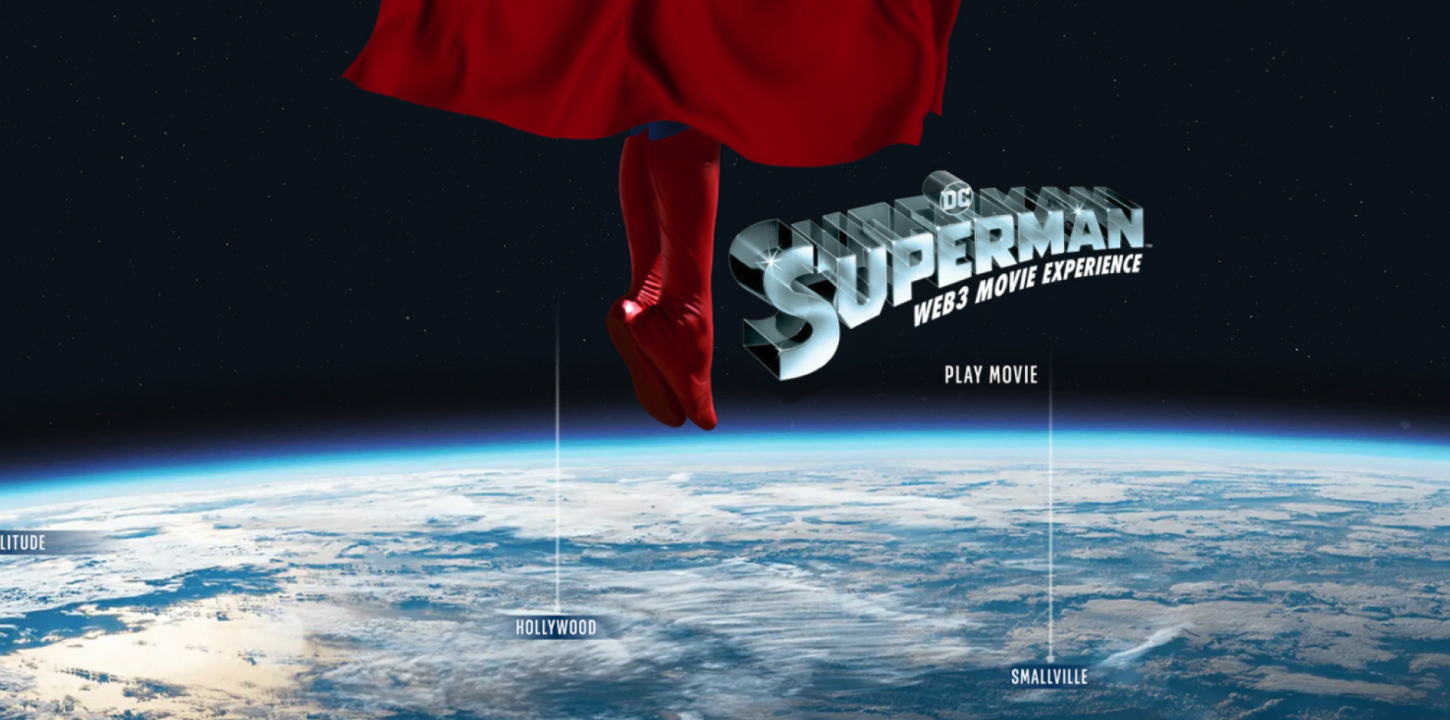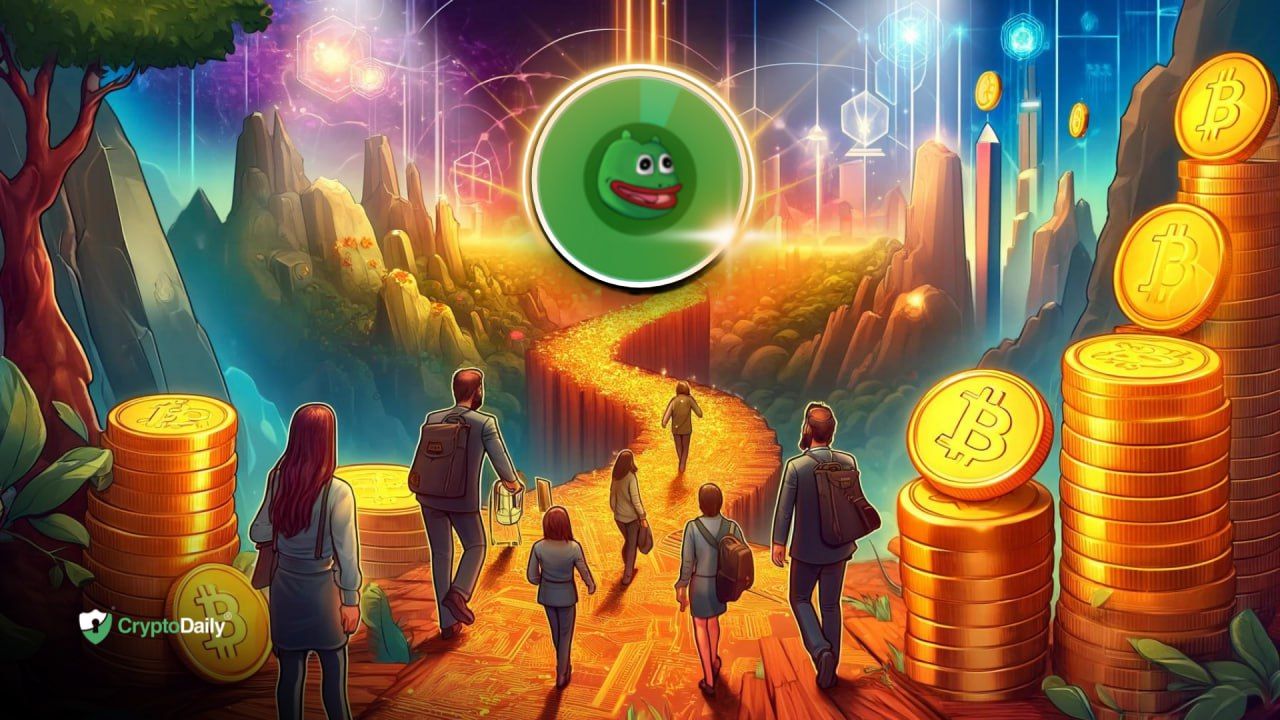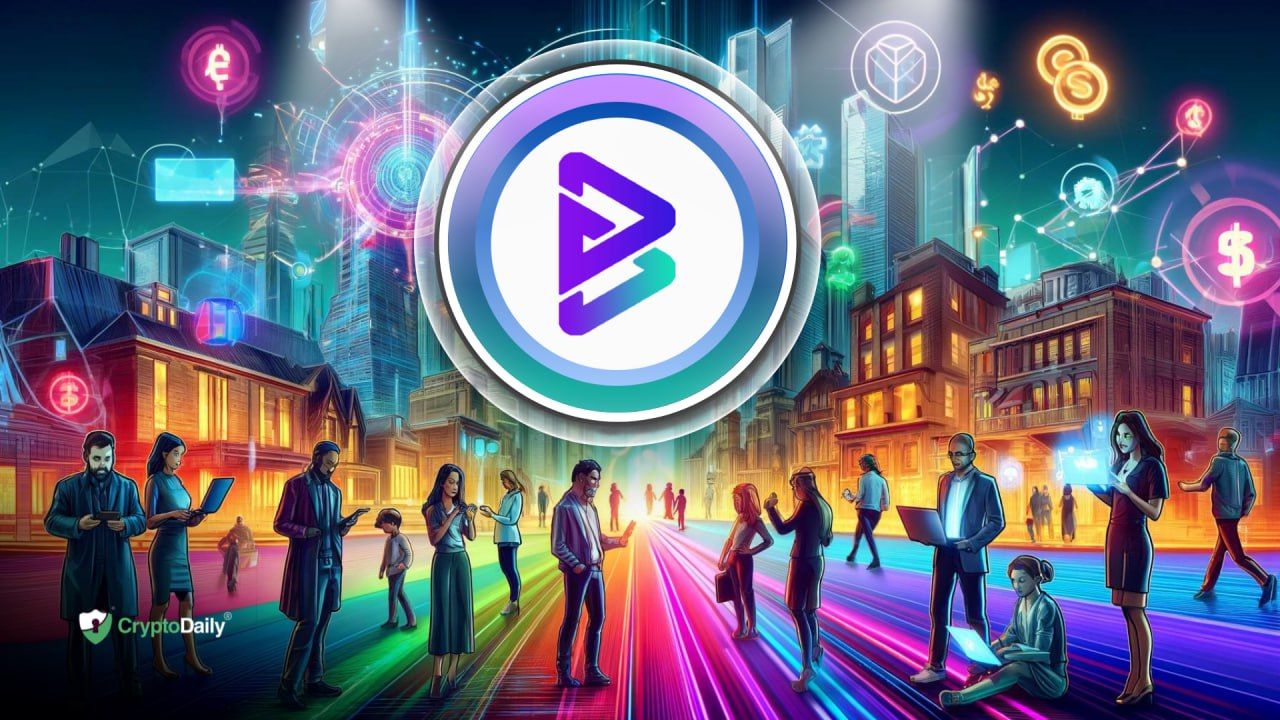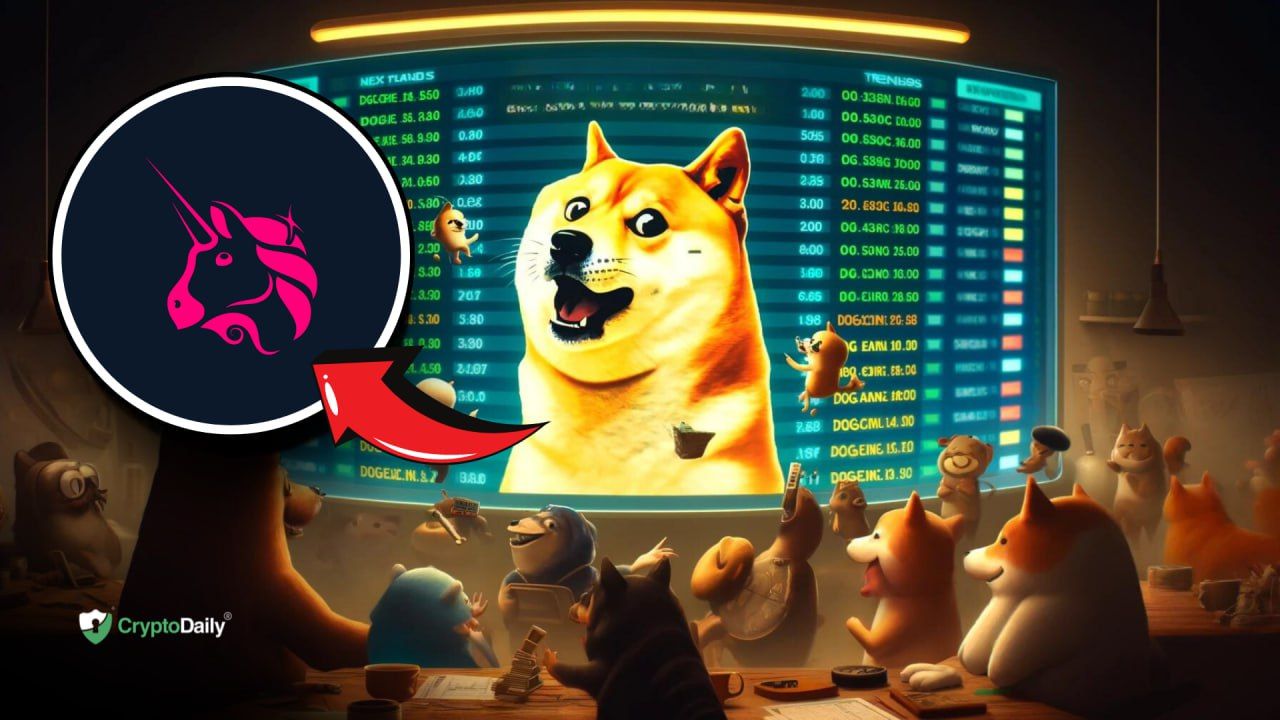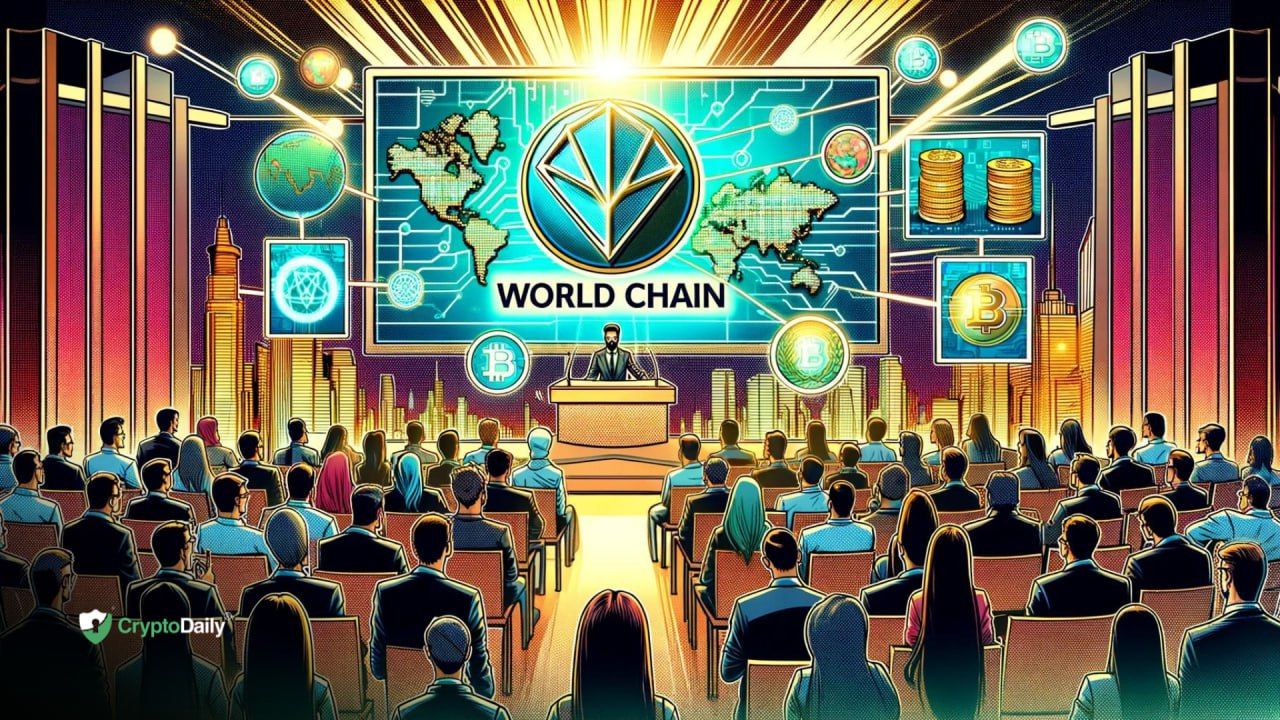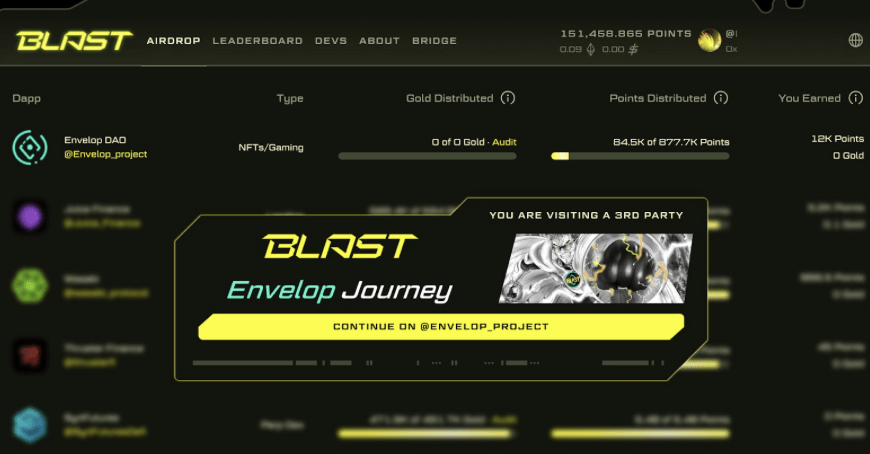Even though the gaming industry has been around for decades, earning billions of dollars annually, players traditionally aren’t rewarded for their time, efforts, and investment. For instance, in-game assets like experience and weapon points (XPs), monthly battle passes (BP), in-game currency, legendary guns, and skins cost real money. Yet, once purchased, these assets are impractical for use in the outside world.
While players spend hundreds of dollars purchasing these items, the ownership of in-game assets mostly remains with the game developers. Accordingly, in an unforeseen cyberattack or situation whereby developers shutter game servers, all purchased assets will disappear. Even if they stay intact, there are minimal chances that players can recoup the money they spent on these items, given these assets can’t be sold or traded.
This is where Play-to-Earn (P2E) gaming emerges as a potential disruptor of the traditional gaming scene, offering players complete ownership of in-game assets while enabling them to trade, sell, buy, and rent these in-game assets in secondary marketplaces. The most significant aspect of P2E games is ‘true item ownership.’
All in-game assets and items hold an intrinsic value, which can be reflected by applying non-fungible tokens (NFTs) to the use case. Thus, players who own such in-game items can transfer their assets to their in-game wallets or other supported wallets outside of the game. In addition, these assets can be converted into cryptocurrencies or fiat currencies and used for real-world transactions.
As of the latest report published by the Blockchain Game Alliance (BGA), more than 840,000 unique users had signed up on at least one of the available play-to-earn (P2E) gaming platforms, growing the market by 121% in terms of unique and active wallets.
A Widening Range Of Income Opportunities For Gamers Worldwide
With P2E games like Splinterland, Huntercoin, and Hi Flyers, among others, gamers command greater control over their game assets and gain the ability to increase the corresponding values through active gameplay.
Huntercoin, the world’s first decentralized and blockchain-based massively multiplayer online (MMO) game, started the P2E gaming revolution. Created by the team behind Xaya, a permissionless open-source blockchain for hosting decentralized games and open metaverses, the game was officially launched in January 2014 and listed on Poloniex the following month.
Per Xaya’s reports, Huntercoin players earned the most on February 26th, 2014, raking in almost $11,070 at a time when bitcoin (BTC) prices were moving between eight to nine hundred dollars. Amidst the market ups and downs, Huntercoin players made almost $1,282,417 between 2014 and 2019.
Other than offering gamers multiple sources of income, these platforms lay the groundwork for an open and inclusive economy where gamers are entitled to rewards for participating in the gameplay and promotional campaigns. Owing to the recent economic meltdown caused by the Covid-19 pandemic, the P2E gaming model has emerged as one of the most preferred income sources in third-world countries, enabling players to earn more than $1,200 per month.
Besides empowering gamers, the P2E gaming ecosystem has also evolved as one of the most dominant sectors of the growing blockchain economy. This is underscored by the meteoric growth of Splinterlands, a blockchain-based digital trading card game, which garnered over 280,000 daily players in September, making it the most played Blockchain game.
Compared to traditional card games, each Splinterland digital card is an NFT. Thus, it holds real value, which fluctuates based on the card’s rarity and market demand. Players can buy, sell, exchange, and trade these cards to earn additional income. Splinterlands has gained immense popularity, primarily since its players share an average of $30,000 in daily earnings and almost $250,000 in daily P2P market sales.
hi, the not-for-profit financial platform, has also marked its entry into the P2E market with its hi Flyers game launch. Currently available on the hi app on Telegram, hi Flyer boasts of both P2E and DeFi features. Powered by the platform’s native hi Dollar (HI) token, this game is accessible to over 1.3 million members worldwide.
This is the first P2E game from an upcoming series of games on hi, allowing community members to compete against each other in new tournaments on an hourly basis to earn their share from a prize pool of hi Dollars. To play hi Flyers, members need to contribute 1 HI per match, with half of the contribution added to the hourly pool.
As the demand for P2E gaming continues to surge, the rise of these innovative gaming platforms will play a crucial role in helping blockchain gaming orchestrate one of the most transformative shifts the gaming industry has experienced in decades.
Disclaimer: This article is provided for informational purposes only. It is not offered or intended to be used as legal, tax, investment, financial, or other advice.


